I recently had the great opportunity to sit down with Travis Spangenburg, creative and production manager for the American Prohibition Museum in Savannah. We had a memorable chat about why the Prohibition Era is such an important part of our country’s history and how the museum is keeping its memory alive. As a Prohibition enthusiast myself, I got a lot out of the conversation and Travis’s extensive knowledge and passion for the subject. I would have loved to chat all day or keep the conversation going during one of the museum’s cocktail classes.
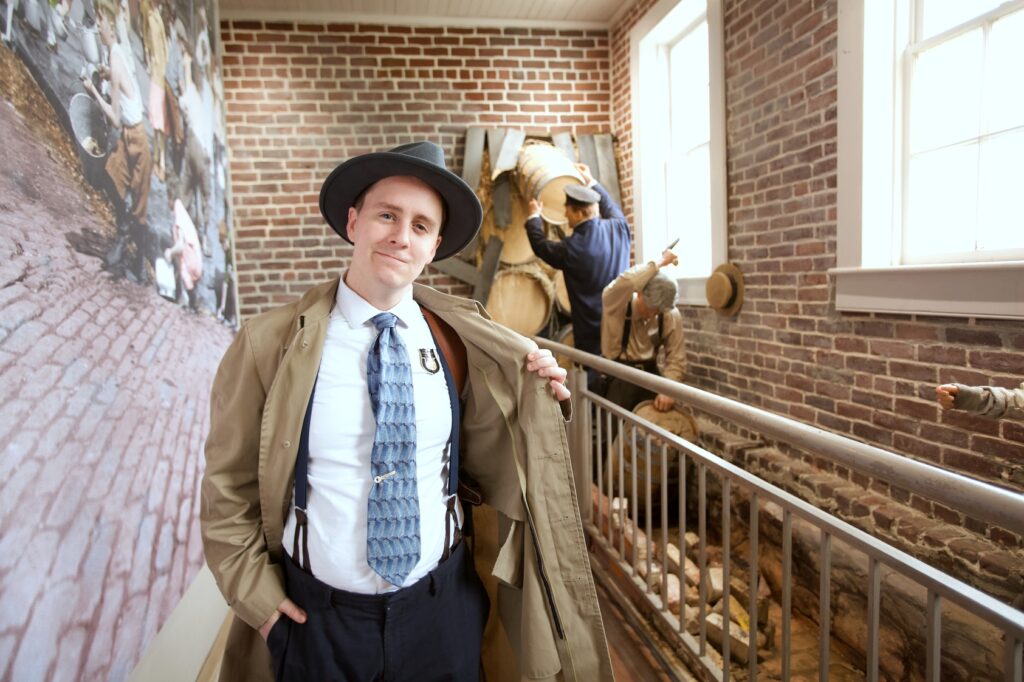
The American Prohibition Museum is a for-profit, immersive space that brags the honor of being the country’s only museum dedicated to Prohibition. Being an immersive space means that all efforts are taken to create a historically accurate experience once visitors step into the museum. Because of this, all museum staff wear extremely accurate clothing and are happy Recollections customers. And wow – Travis sure knows a lot about the time America tried to outlaw booze! Here’s a bit from our talk and why you should put the American Prohibition Museum on your next southern holiday to-do list.
The surprising truth about Prohibition
Looking back a hundred years later, it is easy to think that Prohibition was a moment in time and a social and political experiment that quickly failed and was swept under the rug. This is far from the case. When I asked Travis what he finds to be the most surprising thing about Prohibition and what is new to most visitors, he said that it is the ideas around the length of the movement that most people get wrong.
“People think that Prohibition was a lot shorter. And I think most people think it was a government-imposed thing. Like some fuddy-duddy of a senator woke up in 1919 and said ‘let’s ban the alcohol.’ And they voted on it and people didn’t get a say. Or that it only lasted three or four years. When in reality, it lasted thirteen years, ten months, and eighteen days, and longer in some areas. And the movement to get there lasted decades.”
And as for the fuddy-duddies? In reality, the movement toward the amendment was motivated not for moral or religious reasons, but in response to a growing health crisis that was tearing families and communities apart.
Misunderstood motives
While there was a large Christain influence in the movement, the primary concern for those involved was the devastation that the increasing rates of alcoholism was having through the entire country. This was largely due to a predatory saloon culture that rendered themselves important parts of communities, especially in relatively isolated rural areas. Says Travis: “It wasn’t just a place that a guy who wanted a beer could go a get a beer and be happy. Saloons made sure that they were a valuable part of a rural area’s infrastructure. You could pick up your mail from a saloon, you could get a free lunch, you could also vote in some saloons, sleep in them. You could meet political candidates in them. Political figures as far back as George Washington gave out liquor at the polls. These places made sure that they were institutions that communities relied on. They made sure that they were hard to remove.”

The appeal of the saloon, combined with the life circumstances many rural men found themselves in led to astronomical levels of dependency and alcohol-related deaths. Travis said that it is important to remember that one can’t view this tragedy through our modern eyes. In the 19th century there was virtually no understanding of addiction as a health concern nor were there ways to address it. Instead, someone finding themselves reliant on alcohol quickly saw the problem become unmanageable. Many such individuals were fathers who would leave not only their own (often large) family destitute when they drank the family funds away and even died, but often widowed mothers and in-laws, unmarried sisters, and widowed sisters with families.
In a time when it was nearly impossible for women to make an income on their own, this led to starving and indigent families all over the country. The Prohibition movement saw outlawing alcohol as the solution.
Women and Prohibition
Travis said that the story of the Prohibition era cannot be told without highlighting the enormous influence women had and the extraordinary role that they played in society during this time. The museum seeks to emphasize this significance. Currently, the Flapper Craze Exhibit allows visitors to view authentic flapper clothing and accessories (Travis’s favorite is a little monkey that opens up into a blush case) while viewing actual footage of 1920s flappers on the dance floor. And if you want a truly immersive experience, the room is lined with mirrors that allow you to check out your own moves.
The flapper craze is still strong today! But flappers and the speakeasy culture are just one area where women made their mark during Prohibition. What is less popular to focus on is the work of those who fought to have the 18th Amendment passed. Travis says this is an oversight that really doesn’t give credit where credit is due.
“Everyone loves the gangsters and the flappers and the speakeasies. But it’s less popular and less flashy to look at the women who fought for this entire era.” Sure, many of us might not get behind a movement to ban alcohol today, but Travis, a drinker himself, says that given the circumstances of the time, he might have joined the temperance movement. “These women felt that their families were under siege,” he said, and in a time when women couldn’t even vote, they organized effectively enough to change a constitutional amendment in a relatively short amount of time. The success of their efforts, while temporary, has yet to be replicated to this day.
“You have to at least admire the sheer power of the machine that they put together to get this done” points out Travis, whose admiration of the female political organizers of the time extends to his favorite figure from the era, Carrie Nation.
Carrie Nation
I was surprised and curious to hear about Travis’s love for Carrie Nation, or rather, his obsession. Travis told me that a lot of people with an interest in her story have three phases, and he exceeds that: “First you think she is nuts. Then you get to understand her motives and then you start to admire her. I might be on a fourth level of obsession.”
One reason Travis thinks that Carrie Nation is such a remarkable figure is that she is the perfect example of why so many women of the time became passionate about removing liquor from their communities. Her first husband, a man she loved deeply, died of alcoholism after developing a habit he hadn’t had when they met. He left his family destitute and Carrie was forced to marry a man she didn’t love in order to support them. She blamed her struggles on the prevalence of alcohol, and when the laws against booze were not enforced in her dry state of Kansas, she eventually snapped.
Carrie Nation becomes known across the country for her outlandish and bold actions to bring attention to the issue, all during a time when it wasn’t exactly safe to be doing so.
“She’s incredible. She’s walking into saloons that are essentially the tail-end of the wild west. Every movie we’ve ever seen of saloons, gunfights, and brawls, and broken bottles, those were the types of places she was running into, sometimes single-handedly. Destroying places. Taking punches. Being attacked. Having guns pointed at her. Being chased by lynch mobs. She didn’t hesitate for a moment. All the while being extremely charismatic and extremely funny.”
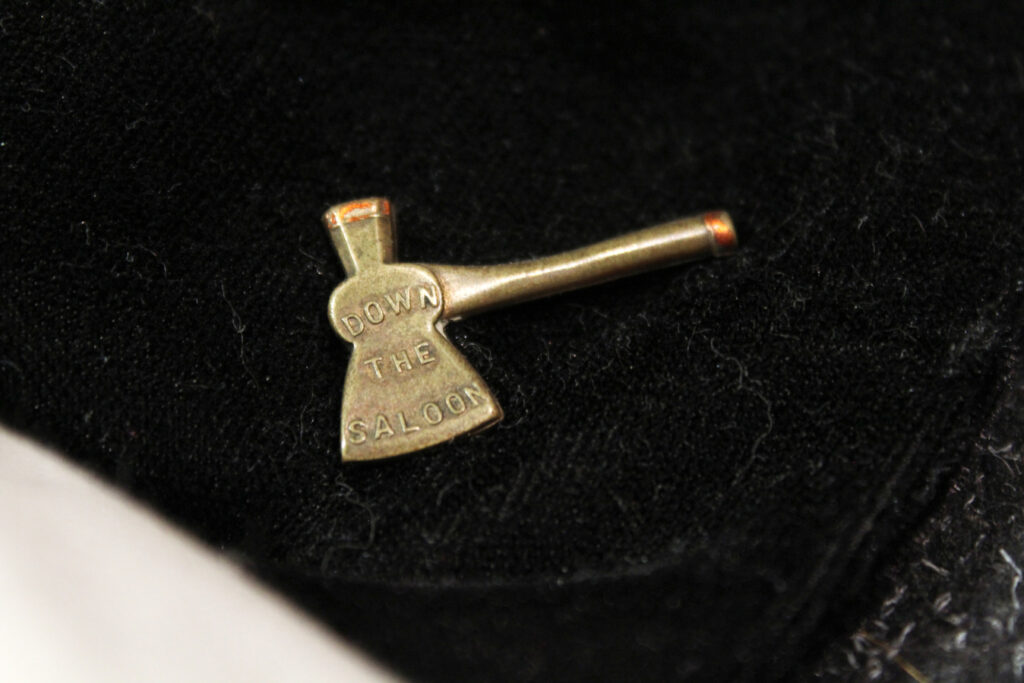
Travis’s favorite artifact at the museum is an authentic Carrie Nation hatchet pin, which she would sell on her speaking tours to pay for her travel.
Let’s talk costumes!
The Prohibition Museum is truly unique. Besides the exhibits and bar, all staff are paid actors who wear clothing that is as authentic as possible. The museum has been purchasing Recollections clothing for staff since it opened in 2017. In fact, Travis let me know that a purchase had been made as we were speaking.
Great attention is given to detail, with the executive director, Kayla Black, selecting costumes for each actor based on their preferences and measurements. Photographs from the time are used to create the costumes, with a focus put on portraying what everyday people of the time wore. Travis wears clothing to portray a 1920s gangster, and says that it pays that the clothing of the time is so flattering: “20s clothing is comfortable, it is fashionable, everybody looks good, the accessories are great.”

Are you inspired to start creating your own Prohibition costume? Travis says when putting an outfit together from any time period to be as accurate as possible. He says to shop from a great source and not to generalize about how people dressed during the time period. “Don’t just throw something together” he said “It has to suggest a certain type of person with a personality engrained in it.”
If you are ready to shop, I have included some of my favorite 1920s Recollections pieces at the bottom of this post.
Ready for your visit?
Does the American Prohibition Museum sound intriguing to you? Well, there’s more! Classes are held in their speakeasy-style bar Monday-Saturday night and taught by a resident mixologist. There are also whiskey tastings and the museum has recently added tequila tastings that Travis said include a lot of great information that was brand new to him. Make sure to bookmark their website and follow the museum on Instagram here.
To see Travis in action make sure to subscribe to the museum’s YouTube channel and watch out for their web show. The next episode is going to be all about the flapper craze and includes the research that Travis is currently working on.
I know I can’t wait for my visit!

Create a Prohibition look of your own
Zelda Roaring 20s Navy Sequin Flapper Dress
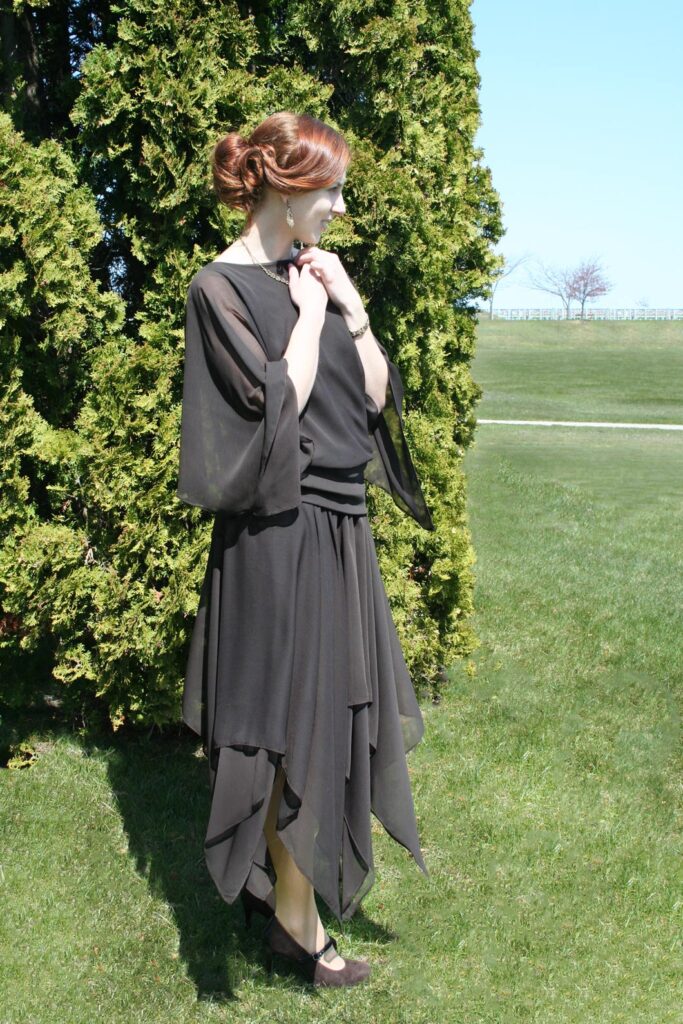

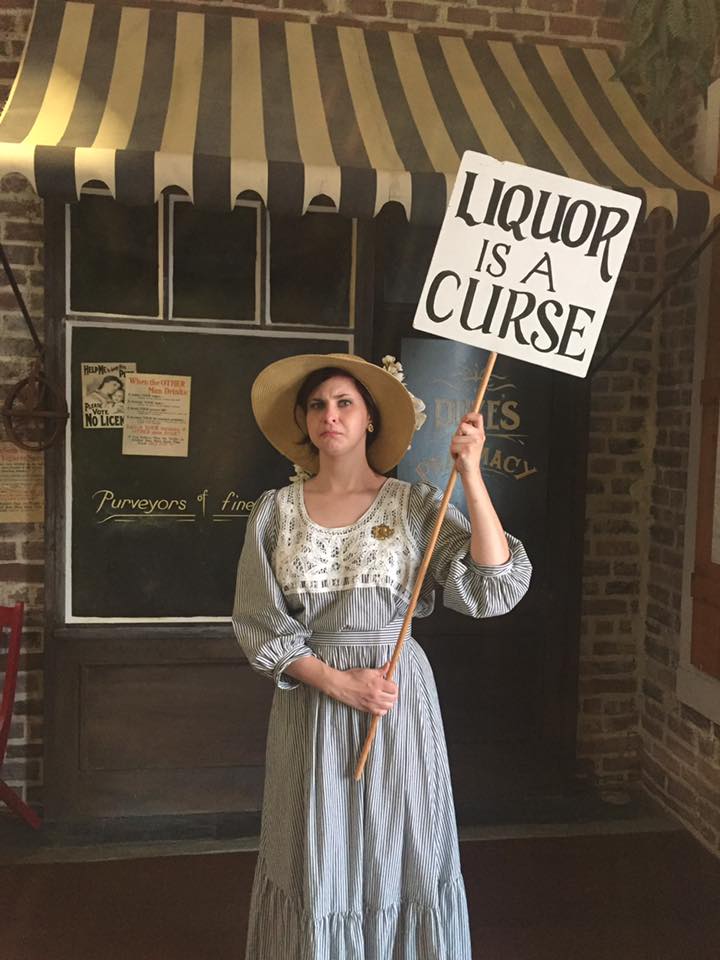




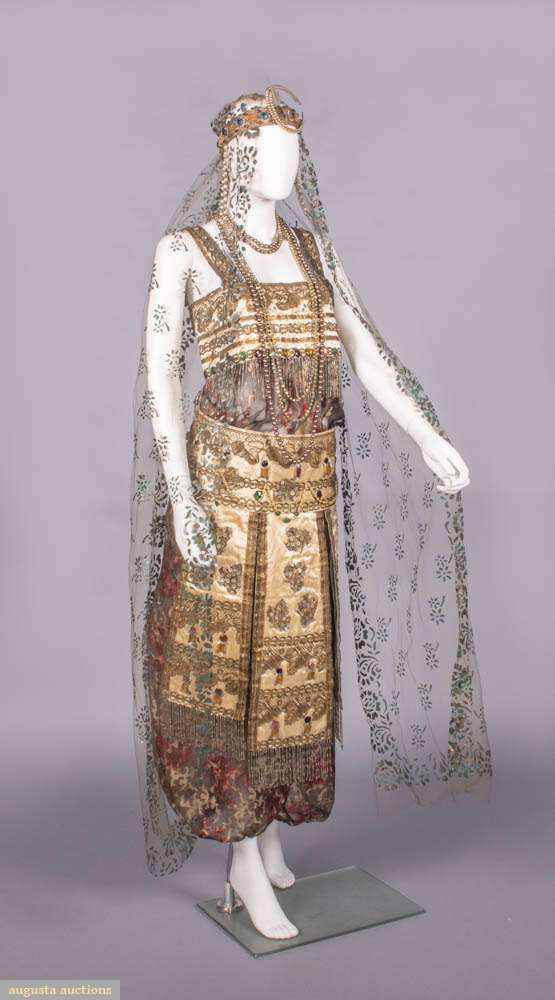


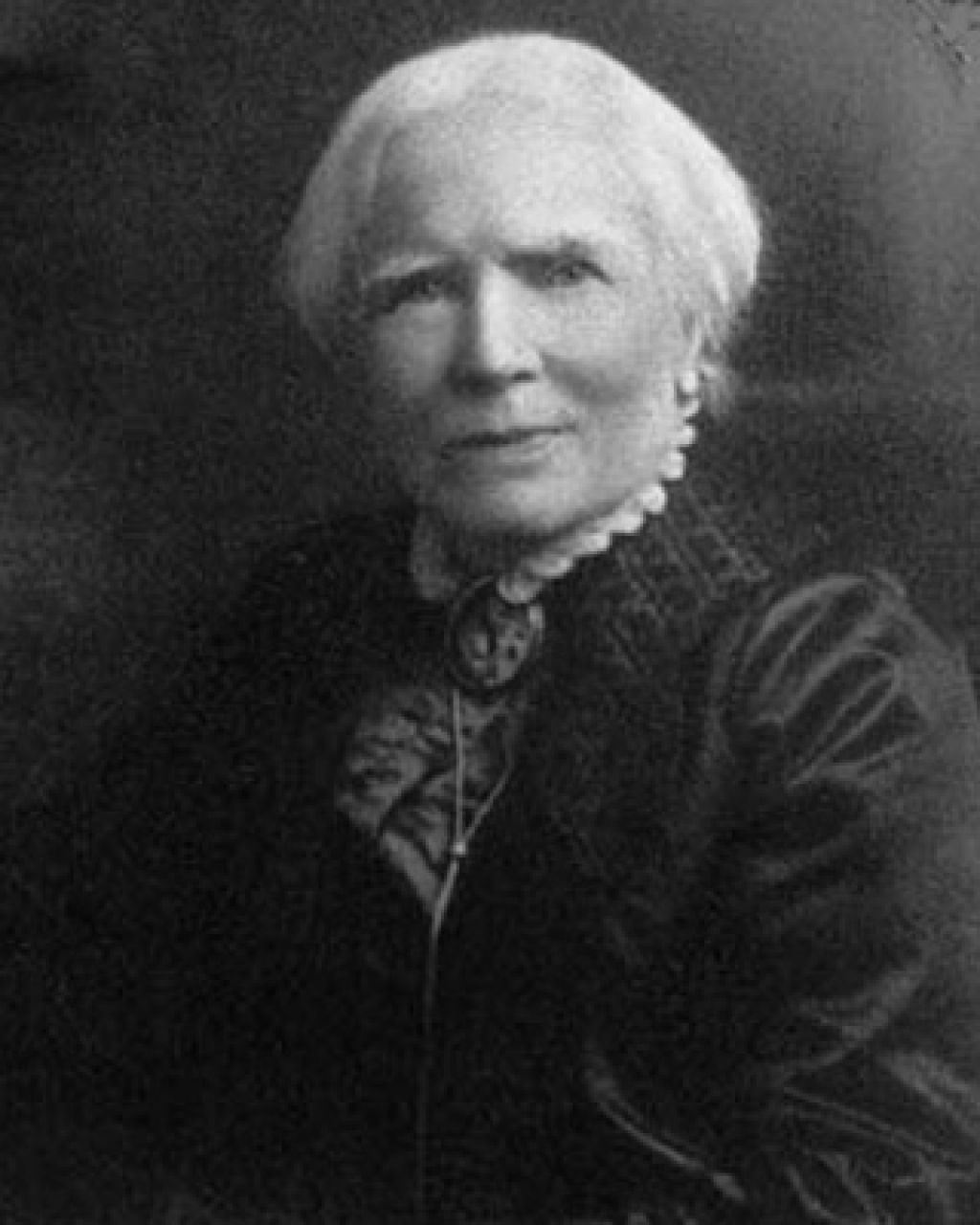

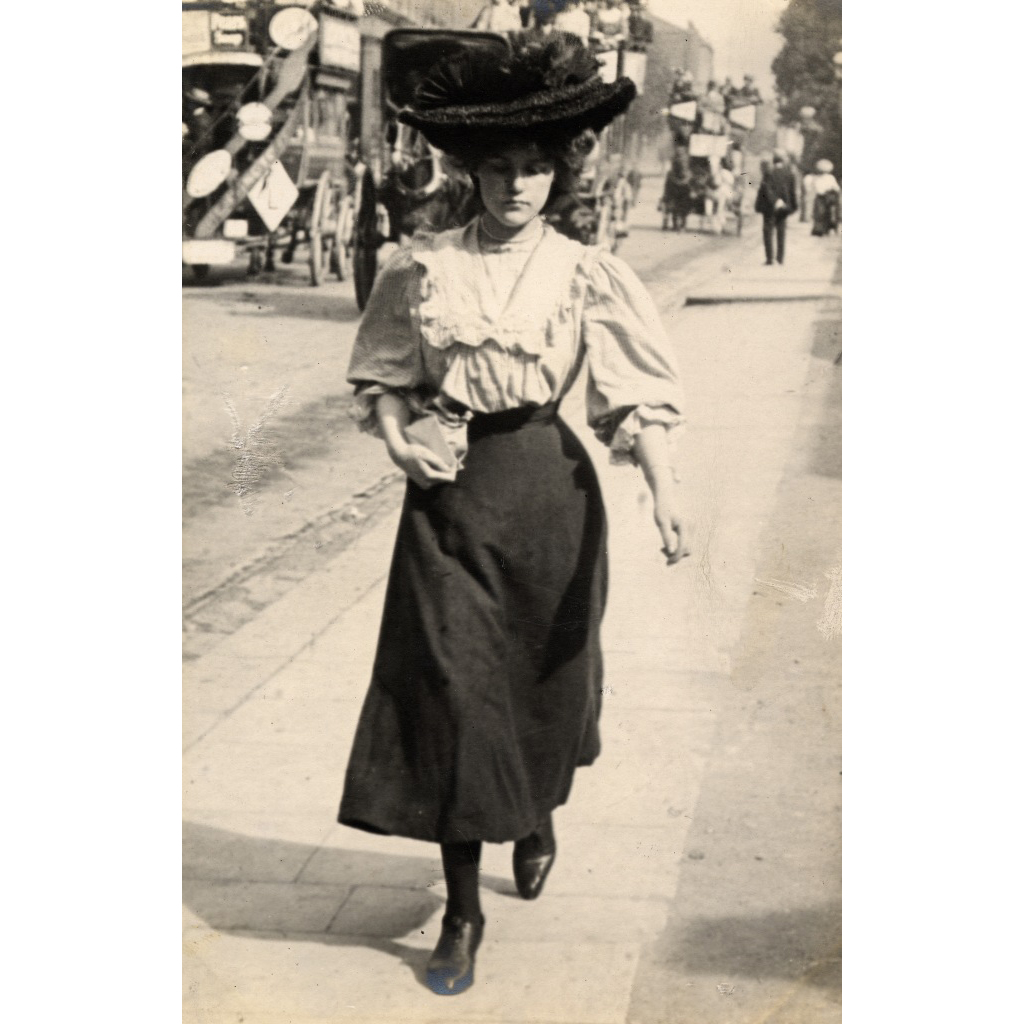
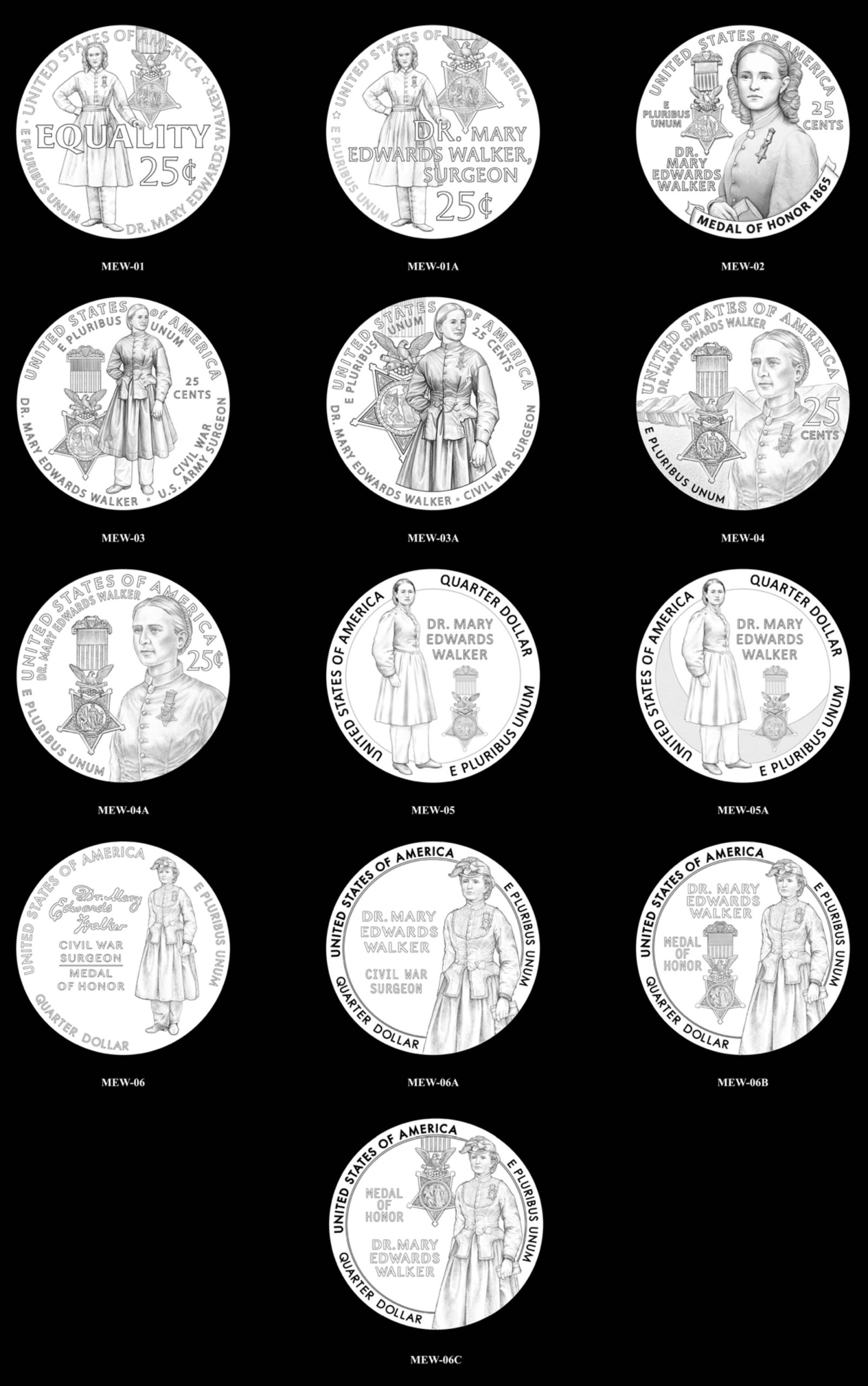
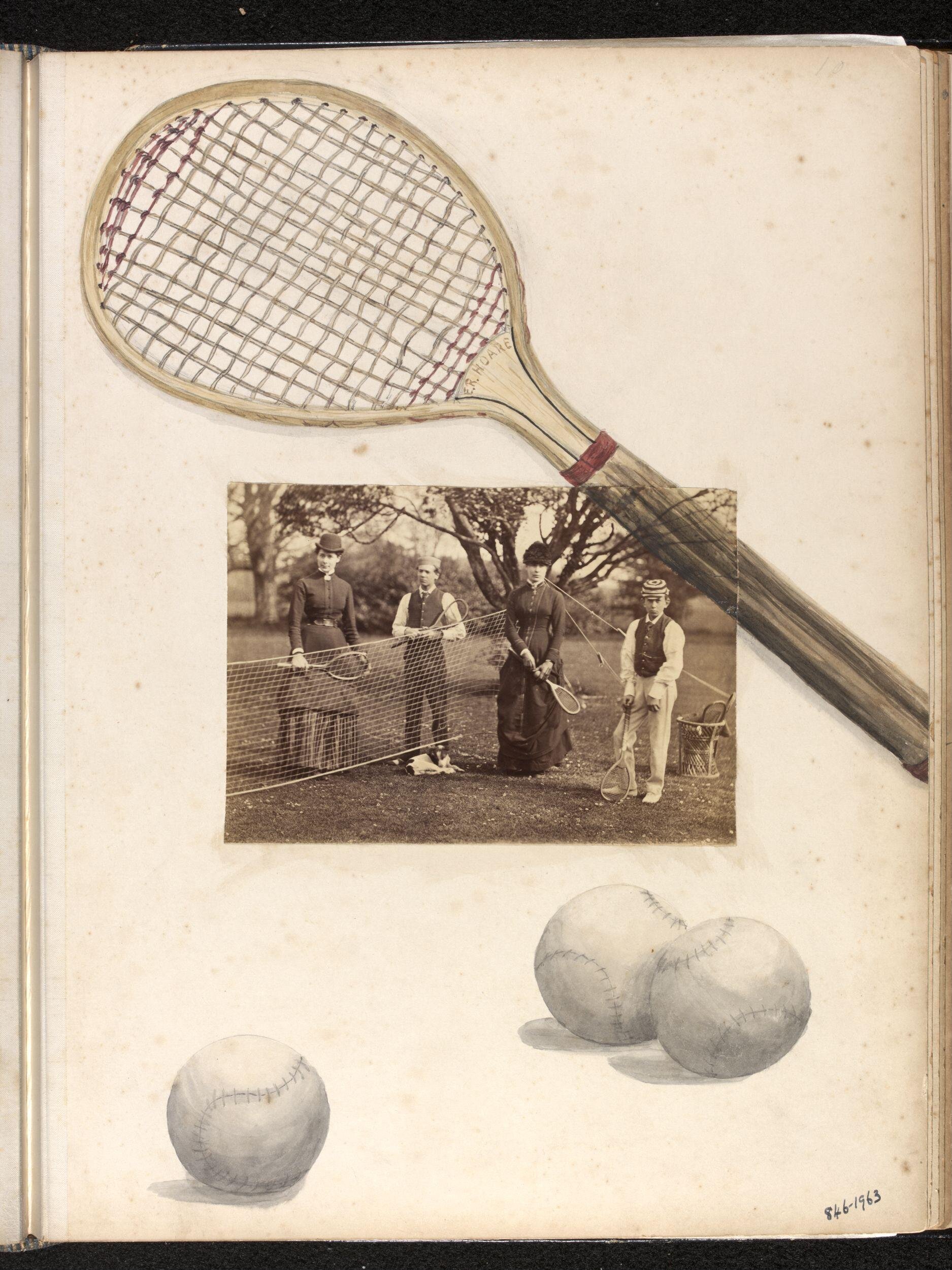
Fun fact. My Great-Grandfather was a waiter in some nice restaurants in NYC during this time. He kept a flask on him at all times to indulge his best customers. He also became an alcoholic at this time
Every time I see one of your blogs, I think I’ll just read a few lines to get the gist of it. Soon, I find myself at the end of the article and looking forward to the next one.